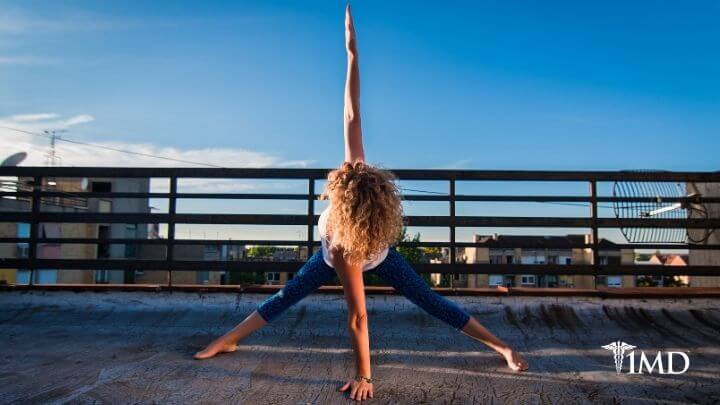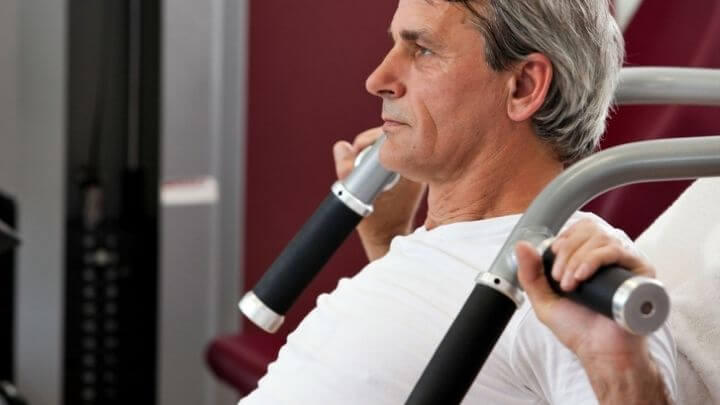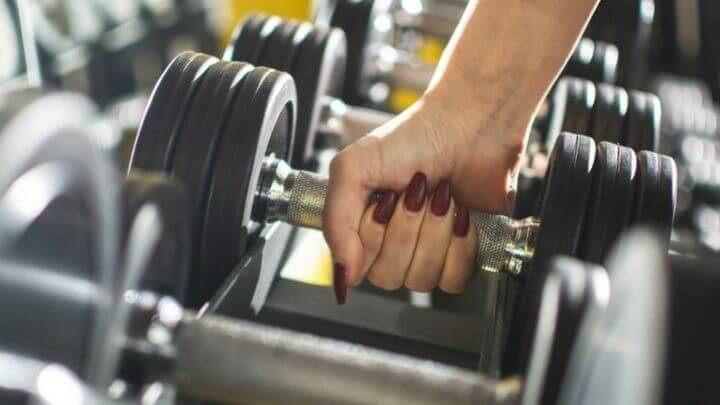15 Common Workout Mistakes That Can Damage Your Health
8 minute read

You start going to the gym because you want to get in shape, lose weight, and gain muscle. Unfortunately, you have been committed to your diet and your exercise routine, yet don’t see the results you expected.
There is no need to cut out any more food or start doubting yourself. The problem mostly likely lies in the exercise, or more specifically, how you are doing them.
When we perform exercises incorrectly, they can end up being harmful to your health and cancel out all your hard work.
Resistance/strength training, as well as core training, is essential for your overall fitness and health. Strength training can help support healthy bone and muscle mass.
Recovery Speed Matters
Reducing the amount of time required for your body to heal after a workout is just as important as exercising properly. Tearing your muscles is intrinsic to the process of getting into better shape; the healing process is what makes you stronger.
| Related: High-Intensity Workouts Can Slow the Aging Process |
Improving your body's ability to heal, then, is paramount. Whey protein can help with this, as can various supplements, like curcumin.
Studies have shown that taking curcumin after a workout will reduce inflammatory and muscle damage.
The 15 exercises below for stretching and getting into shape are commonly done incorrectly. Here’s what you should watch out for:
1. The Hip Bridge
The wrong way to do this is by arching your back. When you do this, the weight ends up on your lower back and not your buttocks where you want it.
Bend your knees so they form a right angle to the floor and raise your pelvis up. Make sure your body forms a straight line from shoulders to knees.
| Related: Regular Exercise Keeps the Mind Sharp |
Once you get to the top, squeeze your buttocks and contract your abdominal muscles.
2. Plank
If your back is not straight when doing the plank, the exercise is useless and you could really hurt yourself. You need to hold your body in a straight line from the top of your head to your heels, keeping your arms at a 90-degree angle.

| Related: Lower Back Exercises and Stretches to Stay Pain-Free |
Make sure you do not bend your neck at any time during the exercise. Core training exercises such as this benefit your balance, stability and prevent injuries.
3. Barbells
When it comes to using barbells, they need to be held properly. If the barbell is on your neck, this can be very dangerous.
| Related: The Best Exercise for Aging Muscles |
Pull your elbows back and squeeze your shoulder blades together. You end up creating a perfect “shelf” to place the barbell on and hold steadily.
4. Squatting With Dumbbell
If your shoulders are rounded forward, then your back is rounded too, which can cause serious pains. Make sure you pull your shoulders back and squeeze your blades together, keeping your back straight with a slight arch in your lower back. You also need to make sure your thighs are parallel to the floor.
5. Side Lunges
Your spine and knees will become overloaded if you lean too far forward and bend your knees at an acute angle. Keep your back flat and do not raise your pelvis. Your knees must be bent at a 90-degree angle when squatting.
6. Back Squat
Your knees should not go beyond your toes. Also, a round back with the barbell on your neck can cause severe neck damage.
You want the barbell weight in line with the middle of your feet. Arch your back but do not lift your heels up. Keep your thighs parallel to the floor and be careful not to squat too deeply.
7. Deadlift
The wrong way to do this is with your arms and legs not vertical because you can injure your joints or fall. You want to bend your knees, push your chest forward, arch your lower back, and pull your pelvis forward. Make sure your arms and legs are perpendicular to the floor.

8. Bench Press
When your knees are bent at an obtuse angle, your back is straight and the barbell is shifted forward, causing the exercise to be ineffective because the load is uneven.
You need the barbell to be in line with your shoulders and arch your lower back. Bend your knees and move your feet so they are slightly backward towards your hips.
9. Dumbbell Lunges
If your knee twists inward, the effects will be negative and traumatic. Make sure your knee is in line with your foot and is bent at a 90-degree angle when you step forward in the lunge.
10. Platform Stepping
The number one mistake made with this exercise is standing too far away from the platform or step. This causes the load to be on your knees rather than your legs.
Too much load on your knees can cause permanent damage and joint pain.
To get results, you need to start with your back straight and shoulder blades squeezed together. Slightly arch your back and stand close to the platform making sure your knee is in line with your foot.
11. One-Legged Squat
You can seriously hurt yourself if you do this with your shoulders rounded forward. Your back will be rounded as a result, and the squat will not be low enough.
Make sure you pull your shoulders back and stay straight. Squat until your thighs are parallel to the floor.
12. Dumbbell Overhead Extension
When you grip the dumbbell in the middle of its handle, your joints get loaded rather than your muscle. Hold the dumbbell with both hands, keeping your palms facing up.
Your shoulders should remain motionless as you press your elbows as close to your head as you can. Slowly raise and lower the dumbbell.
13. Standing Calf Raise
When your feet are halfway off the platform, they are not aligned with your shoulders, which is unsafe. You need to stand with 1/3 of your feet on the platform, so they stay in line with your shoulders.
Lift your heels as high as possible, hold and then lower until they are below the platform.
14. One-Arm Dumbbell Row
If you keep your head raised during this exercise, your back will be arched. It is essential to keep your body straight from the top of your head to your buttocks.
15. Hyperextension
When your body doesn’t form a straight line, your lower back will be over arched. Do not bend or round your lower back during this exercise.
Instead raise your torso to hip level and carefully bend down without arching your back.

The Bottom Line
To get the most benefits of your exercise, you need to perform them correctly and safely. These exercises consist mostly of strength training, which helps you with chronic disease management.
With a regular strength program, you can manage arthritis, obesity and even diabetes. Once you know the right way to perform these movements, you will see those desired results in no time.










 Health Guides
Health Guides
 Latest Research
Latest Research


